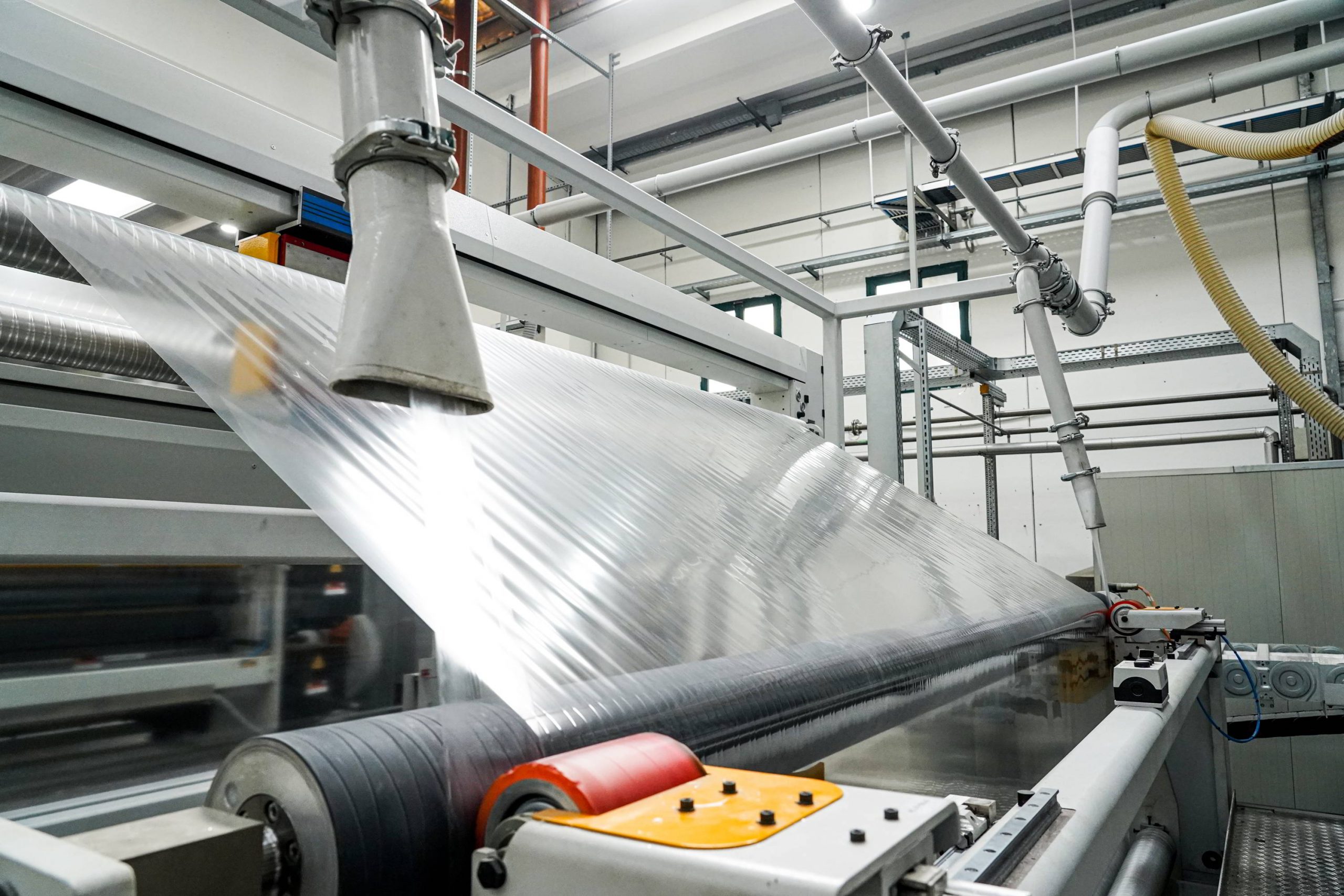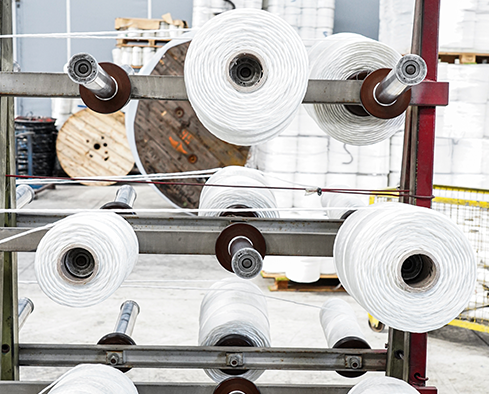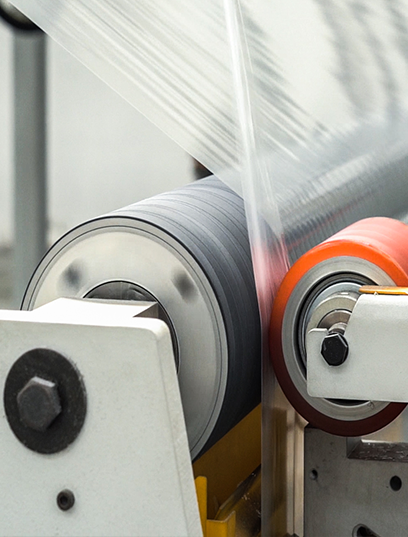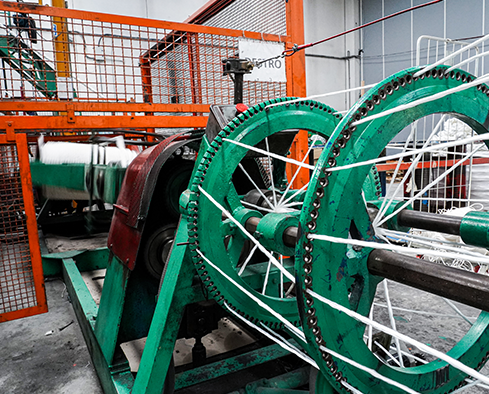In an ever-evolving sector like food packaging, choosing the right material is crucial for food safety and freshness. Polypropylene laminated films, renowned for strength and versatility, play a key role. While finding application in various uses, their printing and lamination demand special attention for optimal performance.
This article will delve into the detailed process of printing and laminating polypropylene films for food, focusing on specific food packaging requirements, including the preservation of the integrity of packaged foods.
Printing Polypropylene Films for Food
Printing is a crucial step in the production process, allowing the application of designs, nutritional information, and branding. Transparent polypropylene food film, with its smooth surface and color-maintaining ability, is highly suitable for printing. Techniques such as flexographic or rotogravure printing yield high-quality prints that withstand wear and tear.
Lamination of Food Films for Protection and Isolation
Lamination involves applying a protective layer to the printed surface, ensuring packaging resistance to moisture, oxygen, and external agents that could compromise the freshness of packaged foods. Depending on product or industry requirements, lamination can be done with transparent or metallized films.





